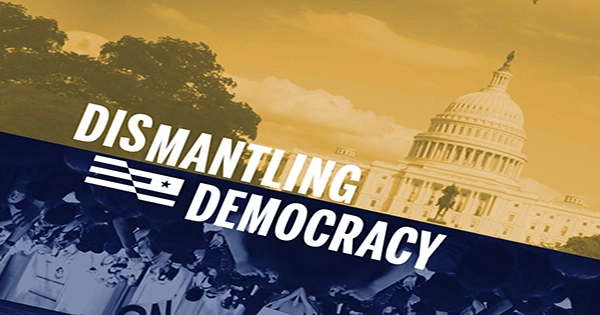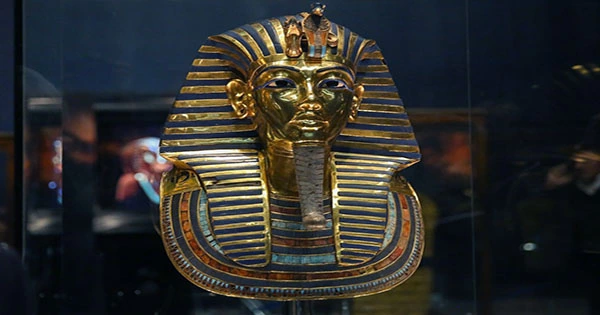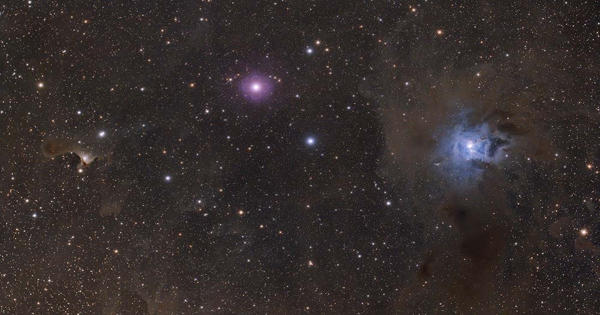Thomas Jefferson would probably cite the English Magna Carta or the ancient Athens one-man, one-vote (or, to be more precise, one-man-over-18-with-two-Athenian-parents-who-isn’t-a-slave, a freed-slave, foreign, or descended from a foreigner, or in debt, or a criminal, or descended from either) system as the origins of American democracy. This is strange considering that democracy was already there in America when you “brought” it from Europe.
Victor Thompson, Distinguished Research Professor and director of the Laboratory of Archaeology at the University of Georgia, stated in a statement: “These kinds of democratic institutions were very long-lived and existed – probably for millennia – before the advent of Europeans. He is the principal author of a paper that claims that democratic-style collective governance existed in the Americas at least 1,000 years before European settlers arrived on the continent. The paper was published in the journal American Antiquity.
According to Thompson, it presents “a really different viewpoint on Native administration in this region than most archaeologists have.” Although the Iroquois Confederacy is occasionally cited as an early example of American democracy in popular history books, this only places the social order as existing a few decades before European contact.
The Cold Springs site in central Georgia, where Ancestral Muskogean communities constructed huge circular public buildings known as Cukofv Rakko, has revealed evidence of community administration as early as 500 CE, a millennium earlier than previously thought.
That’s what makes museum collections so lovely, Thompson added. They’ve only been sitting there, but they have so much to tell you. To be able to return and revisit these collections, all that is really needed are fresh perspectives and innovative techniques.
Since Cold Springs was excavated in the early 1970s, before the construction of a dam in the Oconee river that would ultimately submerge the site under Lake Oconee, the researchers performed new radiocarbon dating on artifacts that had previously been stored in the Laboratory of Archaeology’s collections for nearly 50 years. Cold Springs is now one of Southeast US’s best-dated early mound sites because of the sheer volume of new findings, but the investigation was far from over with this rigorous scientific breakthrough.
Manager of the Historic and Cultural Preservation Department for the Muscogee Nation in Oklahoma RaeLynn Butler stated, “We were meeting on Zoom and looking at images of post holes – thousands of pictures of post holes. Our primary contributions were to analyze the data and offer our tribal knowledge and viewpoints, which helped add the research’s much-needed context for understanding our social structure and historical systems of government.
It’s a viewpoint that archaeology has historically frequently disregarded. The popular perception of Indigenous American societies as large chiefdoms, run by unchallenged autocrats with enormous control over their tribe, came from Spanish explorers and colonizers rather than the Indigenous people themselves. Turner Hunt, a preservation officer for the Muscogee (Creek) Nation and a co-author of the report, described the idea as “a nuisance and a great story that’s been extremely hard to resist.”
It has been this way for hundreds of centuries, yet we still have a National Council in our council house, which meets there and adopts national laws, he continued.
Which gets right at the meat of the argument. Hunt and Butler both emphasized that Cold Springs is neither Stonehenge nor the Pyramids of Giza. Cold Springs is an archaeological site with a history dating back more than a thousand years, but Hunt said that “there is a living, dynamic civilization that is directly related to it.”
He stated, “We believe that this way of life has been practiced by our governments, by our democratic institutions, for thousands of years.” “By the way, we still act now, we have a connection to these people.”
















